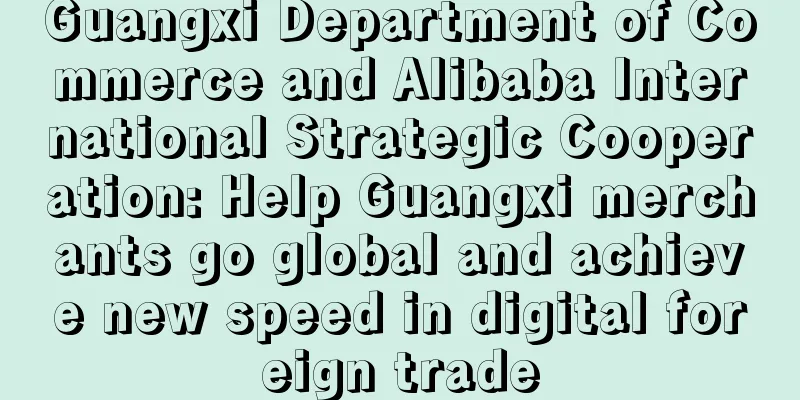Trapped in the quagmire of inflation, another European market lowers its e-commerce growth expectations!

|
According to a recent statement released by Commerzbank ( HDE) , high inflation and low consumer confidence are expected to further curb the growth of Germany's e-commerce industry .
It is understood that Commerzbank has lowered its previous forecast for online revenue growth in Germany. Now, Commerzbank believes that online consumer spending in Germany this year will reach 89.4 billion euros, an increase of 5.8% over the previous year. This forecast is lower than the initial forecast of 8% growth. The German Commercial Bank explained that there are two main reasons for lowering the forecast for the growth rate of online consumption. First, the current inflation pressure in Germany has remained high, and second, the consumption desire of German consumers has obviously decreased.
Stephen Tropp, deputy director of the bank , said: " Both online and offline retail in Germany are facing severe challenges. The current willingness of German consumers to shop has dropped sharply, partly due to the impact of the Russian-Ukrainian war.
Despite this, Commerzbank still expects online revenues in Germany to grow slightly this year, even after deducting the impact of inflation, with an estimated increase of around 2%.
Last year, online spending in Germany shrank by 2.5%, or 2.2 billion euros, after two years of growth of 27.5 billion euros.
Furthermore, Commerzbank highlighted the significant growth in online sales in the grocery category, which grew 8% in Germany last year despite an overall decline in online spending.
However, grocery products still account for a relatively low proportion of online sales, currently only around 4.3%, indicating that there is much room for development in the future.
In contrast, online sales of fashion accessories and consumer electronics accounted for a much higher proportion, more than 40% combined. Both categories are popular for online shopping.
For cross-border sellers, the German market has clearly not shown any signs of warming up in the short term, so if you want to make a layout, you need to consider carefully. Germany E-commerce |
<<: Win! Shenzhen cross-border company received two more rounds of financing
Recommend
Amazon store acquirers to invest over $100 million in brand acquisitions by 2022
Rainforest is a Thrasio-style e-commerce brand ac...
What is Million Payment? Million Payment Review, Features
Baiwan Payment is a global electronic payment sol...
During the holiday shopping season, 42% of American consumers used buy now, pay later
In the U.S., 42% of consumers plan to use BNPL fo...
6.1 billion views on average! Branded Hashtag Challenges Go Viral on TikTok
For sellers, there are three main ways to market ...
What is falbku? falbku Review, Features
falbku Store is a leading international online st...
60,000 accounts were blocked in just one month, and the cross-border way to make quick money was under siege!
After the Amazon ban, sellers have taken independ...
Tmall Double 11: More than 2.2 million small and medium-sized businesses doubled their transactions
As of 0:00 on November 11, more than 2.2 million ...
What is Shipster? Shipster Review, Features
Shipster is a custom shipping integration platfor...
What is Sequoia Capital? Sequoia Capital Review, Features
Sequoia Capital is a venture capital firm founded...
What is TOSPINO? TOSPINO Review, Features
TOSPINO is a cross-border e-commerce service platf...
What is axisfirst? axisfirst Review, Features
<span data-docs-delta="[[20,{"gallery"...
Typhoon "Compass" is about to land in Hainan, and surrounding seaports will suspend operations
Now that we have entered autumn, typhoons continu...
Net profit plummets 50%! Amazon's revenue is lower than expected
Today, Amazon announced its third-quarter financi...
DTC brand Native launches hair care line, sold on Target platform
The new line was launched exclusively on Target p...
Retail data shows US consumer confidence recovering, UK consumer sentiment remains sluggish
According to foreign media reports, the US econom...









